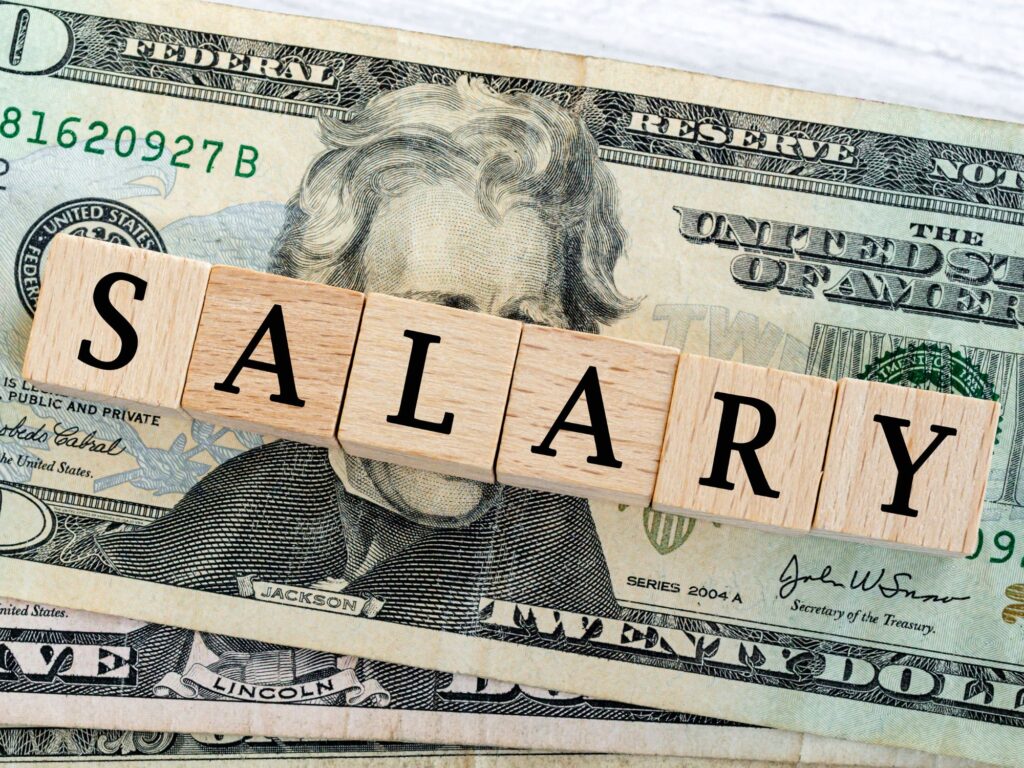
Running a small business can give entrepreneurs the opportunity to make additional income, or even allow them to quit their 9-5 to work full-time as a business owner. It can be challenging to determine how much to actually pay yourself once your start your own business. There are a few ways of doing so, but we, at Inventora, are going to give you our best tips for how to pay yourself as a small business owner.
Salary Payment

Keep in mind this all can (and likely will) change at the different stages of business you find yourself in. The first type of payment you can consider for yourself as a small business owner is a salary based payment. This is the standard form of payment we are all most likely use to. This allows you to have a bi-weekly/bi-monthly (whatever you choose), consistent form of payment.
If your business is being ran as a C-corporation, S-corporation, or limited liability company, then you are legally required to pay yourself this way if you are taxed as a corporation. This helps ensure that businesses are paying ethically and comparable to businesses in similar fields.
A great benefit of paying yourself with a salary is your taxes will now be considered deductible in advance. However, a less appealing factor to consider about salary payment as a small business owner is the reasonable compensation rule is now be mandatory for you to follow.
Owner’s Draw Payment
The second option for paying yourself as a small business owner is owner’s draw. You’re able to use this method if your small business is ran as a sole proprietorship, partnership or an LLC. This option is best if for individuals who are great with budgeting. Owner’s draw is withdrawing money from your small businesses profits on an as needed basis. With this option, you’re able to withdraw as much money as you have put into the owner’s equity of your small business. Be very careful with this option, as you’re able to withdraw money without considering taxes immediately. You’ll want to make sure you’re setting a percentage aside each time you withdraw by owner’s draw.
Not only do you have to consider further mandatory requirements with the rules and regulations the IRS sets with this option, but you also have to make sure you’re setting aside enough extra funds to cover your taxes. You may be able to pay yourself more with this option at first, but if not done correctly, it can end up costing you much more when tax season comes about.
If you choose this as your method for self payment as a small business owner, you should pay yourself with your business’s net profit.
Revenue – Operational Expenses = Net Profit
Self Payment Mistakes to Acknowledge

If you’re just beginning your small business, you may not want to take a cut for yourself just yet. It’s wise to see how profitable your business becomes before taking money for yourself that your business may need the first year or so to operate. It’s also wise to have a running estimate of your businesses fixed expenses. Some questions you can ask yourself to help understand if you’re financially ready to start paying yourself are: Do I have sustained revenue? Is my business currently in financial health? Do I have a steady projected revenue?
Our Piece of Advice When Paying Yourself
If you’re able to, consult with an accountant before determining how much to pay yourself as a small business owner. Accountants know numbers better than anyone and can tell you exactly how much you should be profiting as a business, and pocketing for yourself.
If you’re unable to hire an accountant and choose to determine your personal profit on your own terms, then make sure you pick a number and stick with it the whole year. Yes, that means no raises… at least the first year or so you’re in business. Consistency is also key here. Make sure you pay yourself on a regular basis, not just here and there. You’ll want these payout numbers to be consistent down the road when you’re calculating your taxes. There are also different data bases online that you can use to help you calculate an appropriate salary for yourself.
Lastly, budget for taxes regardless of which form of payment you choose. Small business taxes are no joke! If you don’t prepare for your small business taxes responsibility, you could really find yourself in a major financial struggle. A good rule of thumb, is to save at least 30% of what your small business makes in profits to cover your taxes expenses.
Do you have a system down for how to pay yourself as a small business owner? Is it one of the payment options we listed? Or do you calculate your payment another way? Let us know in the comments! We want to hear from you.


